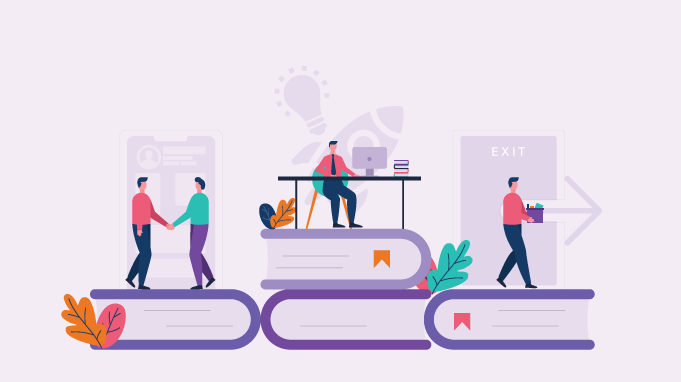Hello!
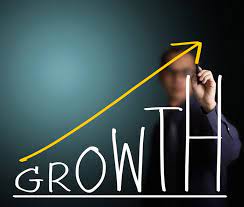 Any organization stands on three pillars: its management, its employees, and its customers. All three pillars are bound together by a cohesive connection. If any one of these pillars starts to wobble, it shakes up the other two as well. What happens inside an organization has a rebounding effect outside. The internal aspect of a business is its employees and its customers constitute its external environment but both of these are interconnected and affect each other. So, in essence, we can say that the employee experience, which is affected by the actions of the management, in turn, affects the experience of the customers.
Any organization stands on three pillars: its management, its employees, and its customers. All three pillars are bound together by a cohesive connection. If any one of these pillars starts to wobble, it shakes up the other two as well. What happens inside an organization has a rebounding effect outside. The internal aspect of a business is its employees and its customers constitute its external environment but both of these are interconnected and affect each other. So, in essence, we can say that the employee experience, which is affected by the actions of the management, in turn, affects the experience of the customers.
EX paves the way for CX
 According to the Employee Golden Rule, how an employee feels about the organization has a strong manifestation on its customers.
According to the Employee Golden Rule, how an employee feels about the organization has a strong manifestation on its customers.
This philosophy states that an organization must act towards its employees the same way as it acts towards its customers. It’s interesting to note that most of the top-rated companies in terms of customer services are also rated as the top organizations when it comes to employee satisfaction.
Employees are the internal customers and giving them a great experience would ensure that the external customers have a great experience too.
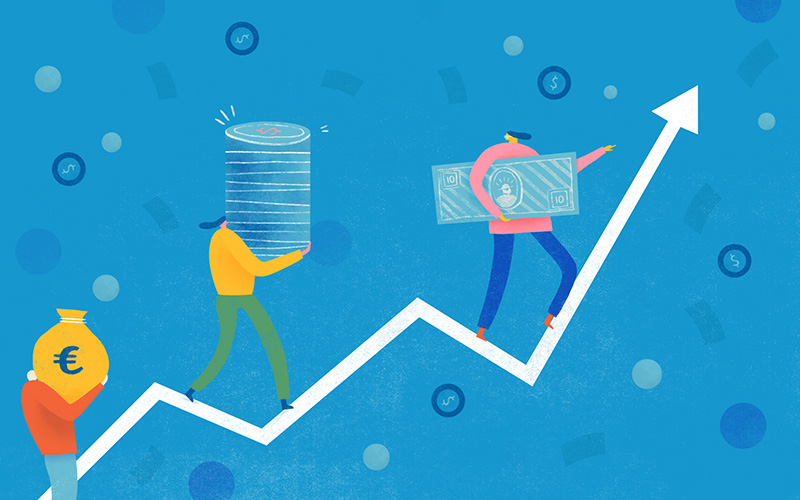 For a long time, what mattered most was keeping the customers happy and satisfied. Customer Experience or CX as the shorthand was coined seemed to be the top priority. It was simple: the employees get paid for ensuring that the customers have a great experience. Period. It’s only recently that organizations have begun to see that that it’s a cascading effect. What you give to the employees is what they give to the customers. As this connection was explored, it was evident that EX or employee experience was equally important.
For a long time, what mattered most was keeping the customers happy and satisfied. Customer Experience or CX as the shorthand was coined seemed to be the top priority. It was simple: the employees get paid for ensuring that the customers have a great experience. Period. It’s only recently that organizations have begun to see that that it’s a cascading effect. What you give to the employees is what they give to the customers. As this connection was explored, it was evident that EX or employee experience was equally important.
The customer could no longer enjoy the spotlight alone.
This ideology was further cemented during the pandemic days when organizations started giving more attention to enhancing the employee experience. And its effect was then witnessed in an increase in the CX factor. To understand this relationship better, let’s take it one step at a time.
Why Employee Experience is Important?
Lower Attrition Rates
 A happy employee always looks for growth avenues within the organization, and this means working harder towards achieving their targets for this growth.
A happy employee always looks for growth avenues within the organization, and this means working harder towards achieving their targets for this growth.
When this growth is not achieved within the company, the employees start to look outside.
A higher employee turnout means that the organization has to go through the entire rigmarole of training and getting new employees on board again and again.
Higher Productivity
Employees that feel looked after by the organization develop a sense of attachment and this is reflected in their productivity levels. Its’ not just about achieving their personal goals anymore. They work hard for achieving the goals of the organization as well.
The Best Brand Ambassadors
Who better than a satisfied employee to give a testimony about the excellence of an organization? When the employees express their satisfaction, it is a cue for the management that things are going the right way
What Constitutes a Great Employee Experience?
In his book FUSION: How Integrating Brand and Culture Powers the World’s Greatest Companies, author Denise Lee Yohn has defined "employee experience" as:
"Employee experience is the sum of everything an employee experiences throughout his or her connection to the organization — every employee interaction, from the first contact as a potential recruit to the last interaction after the end of employment."
Should the employee be made to feel like family? Should there be more perks and flexi hours benefits? Does the work-from-home policy give a better employee experience? These and many more questions need to be answered by organizations to understand how they can foster a workforce that feels dedicated because they develop a deep connection with the organization.
 Employees look for an environment that gives them challenging situations, rewarding experiences, and a feeling of goal fulfillment- both in terms of work and as an individual.
Employees look for an environment that gives them challenging situations, rewarding experiences, and a feeling of goal fulfillment- both in terms of work and as an individual.
Co-operative management, a supportive environment, and growth opportunities are some of the things that employees have always wanted. With the rise in opportunities and flexibility to take these opportunities, it is all the more important for organizations to focus on the EX-quotient.
As per the Harvard Business Review, employees can now choose organizations that offer more in terms of not just the salary but also the levels of satisfaction, innovation avenues, and job performance. Steps that enhance the performance of the employees lead to a sense of accomplishment and a better experience.
Deconstructing Employee Experience
Employee experience can broadly be put into three categories:
1. The wellness-focused employee experience
The mental health of the employees is of paramount importance, especially in the post-pandemic phase.
2. The socially conscious employee experience
This is where the policies and actions of the organization are in sync with the thought process of the employees.
3. The engaged employee experience
 Here the employees feel an engagement with the prosperity of the organization.
Here the employees feel an engagement with the prosperity of the organization.
They feel connected to any developments in the organization, for instance, any changes in technology. Statistics show that in companies where employee engagement was higher, the performance was 147% better than the competition. Employee engagement should be a top management priority!
Employees with a high sense of purpose, belonging, happiness, achievement, and vigor are more likely to perform at better levels and are also less likely to quit. These parameters form the Employee Experience Index.
Employee experience encompasses three aspects that help in improving how a person feels about an organization:
Cultural environment
This includes the company values, organizational structure, leadership provided by the management, benefits, and compensation.
Physical environment
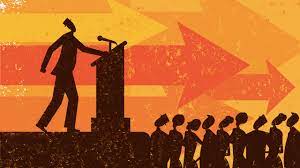 The office location, layout, workspace, flexi hours, work from home option, parking facility, commute options, amenities in the workspace (such as a cafeteria, gym, etc) are some factors that create a conducive physical environment for the employees.
The office location, layout, workspace, flexi hours, work from home option, parking facility, commute options, amenities in the workspace (such as a cafeteria, gym, etc) are some factors that create a conducive physical environment for the employees.
Technological environment
They can be anything from an employee dashboard to technological support that enables employees to handle online customer interaction and sales.
Customer Experience: Isn’t it About Giving Them a Great Product or Service and Why the Fuss About it?
The author Yohn has also defined customer experience in his book as,
Customer experience is the sum of everything a customer experiences throughout his or her connection to the organization — every customer interaction, from the first contact as a potential customer to the last interaction…
This definition is the same as that of the employee experience, with one difference: the word employee has been replaced with the word customer. This shows that the same amount of effort needs to be put into improving both customers as well as employee experience.
Customers are the ones who generate the revenue that an organization needs, and this is just one of the reasons why creating an amazing customer experience is so important. A lot of businesses now operate from an online platform where there are no face-to-face interactions with the customer. It is a great experience that turns online visitors into loyal customers.
 This makes it even more challenging to ensure customer satisfaction and to gauge its levels. When a business can create a good experience for its customers, it also creates a loyal customer in the process. This customer doesn’t go to the competition and brings in more customers.
This makes it even more challenging to ensure customer satisfaction and to gauge its levels. When a business can create a good experience for its customers, it also creates a loyal customer in the process. This customer doesn’t go to the competition and brings in more customers.
Persistent improvement coupled with continuous communication is an effective way of enhancing customer satisfaction. This improvement is brought about by employees who feel engaged with the goals of the company to attract and retain customers.
Employees are the communication channel between the business and its customers. When the employee experience is good, this communication channel gets strong, sturdy, and stable.
Where Does the Key Differentiator Lie?
 A lot of companies focus on giving the best experience to their customers. The differentiating factor comes in focusing not just on the goal, but on every aspect of the journey, one of them being employee experience. Happy employees create happy customers. And how do we get these happy employees? Through a higher engagement and connection that makes them enthusiastic about their jobs.
A lot of companies focus on giving the best experience to their customers. The differentiating factor comes in focusing not just on the goal, but on every aspect of the journey, one of them being employee experience. Happy employees create happy customers. And how do we get these happy employees? Through a higher engagement and connection that makes them enthusiastic about their jobs.
Stats collated over a period indicate that EX acts as a catalyst for fueling the CX. According to a study done by Forbes, in companies where the customers have an above-average experience, almost 79 percent of employees are highly engaged in their jobs. Now compare this with companies providing an average or below-average customer experience. The score was only 49 percent. When employee experience levels are improved, a business can retain its employees just like it retains its customers by giving them a good experience.
To Sum Up The Impact of Employee Experience for your Customer Experience
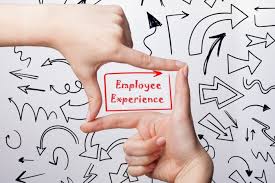 Customer satisfaction surveys have been around for some time now. An equal emphasis needs to be laid on surveys that can help access employee satisfaction levels. Satisfied employees attract satisfied customers. However, more often than not, the opposite can be true as well—satisfied customers bring about enhanced employee engagement. Positive customer experiences motivate employees and give a purpose to their work. This increases their productivity and job satisfaction. It’s a co-dependent situation, almost like riding a bicycle where both the wheels need to move in tandem to take the organization forward.
Customer satisfaction surveys have been around for some time now. An equal emphasis needs to be laid on surveys that can help access employee satisfaction levels. Satisfied employees attract satisfied customers. However, more often than not, the opposite can be true as well—satisfied customers bring about enhanced employee engagement. Positive customer experiences motivate employees and give a purpose to their work. This increases their productivity and job satisfaction. It’s a co-dependent situation, almost like riding a bicycle where both the wheels need to move in tandem to take the organization forward.
Thank you!
Subscribe to our newsletter! Join us on social networks!
See you!

